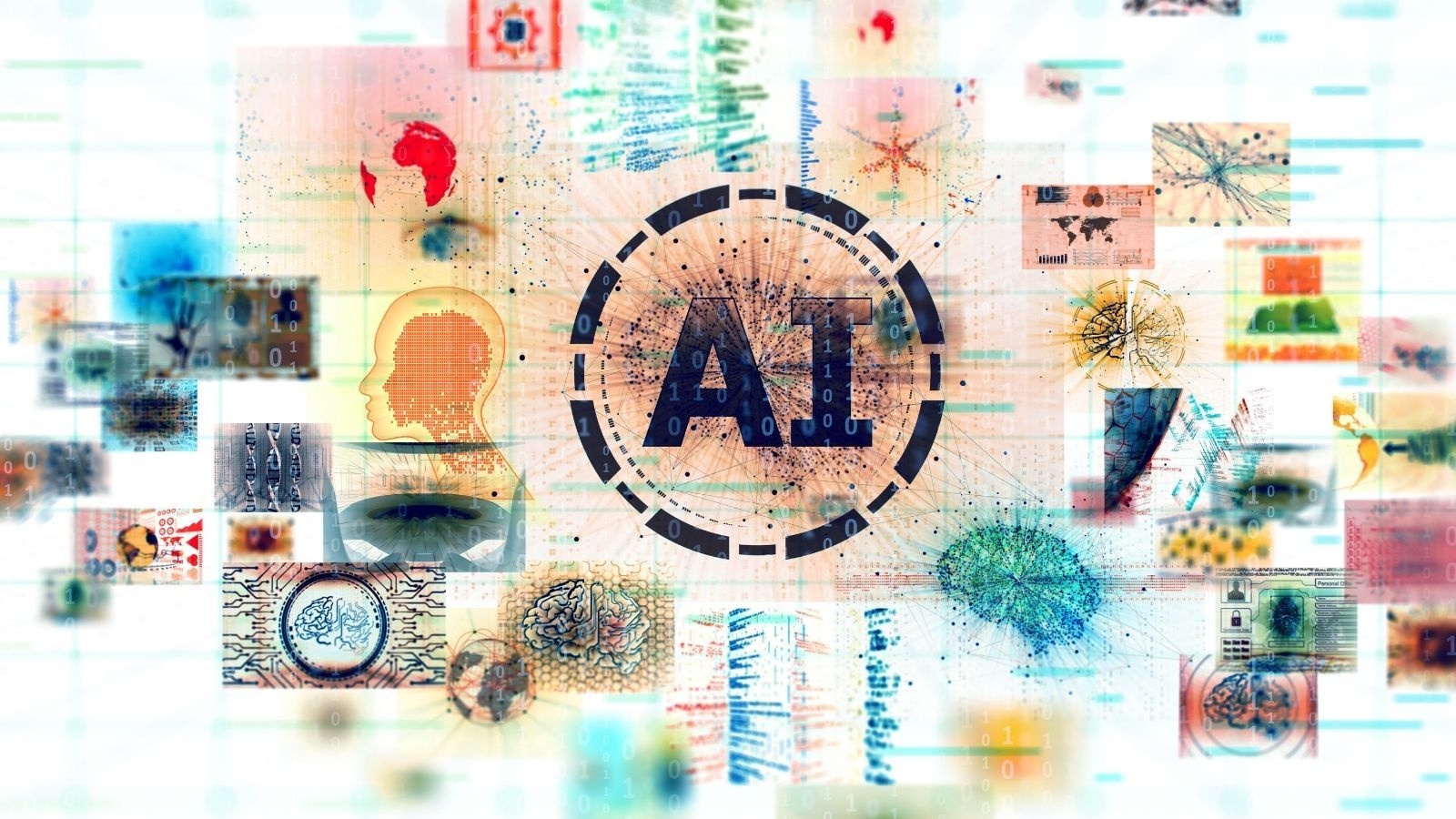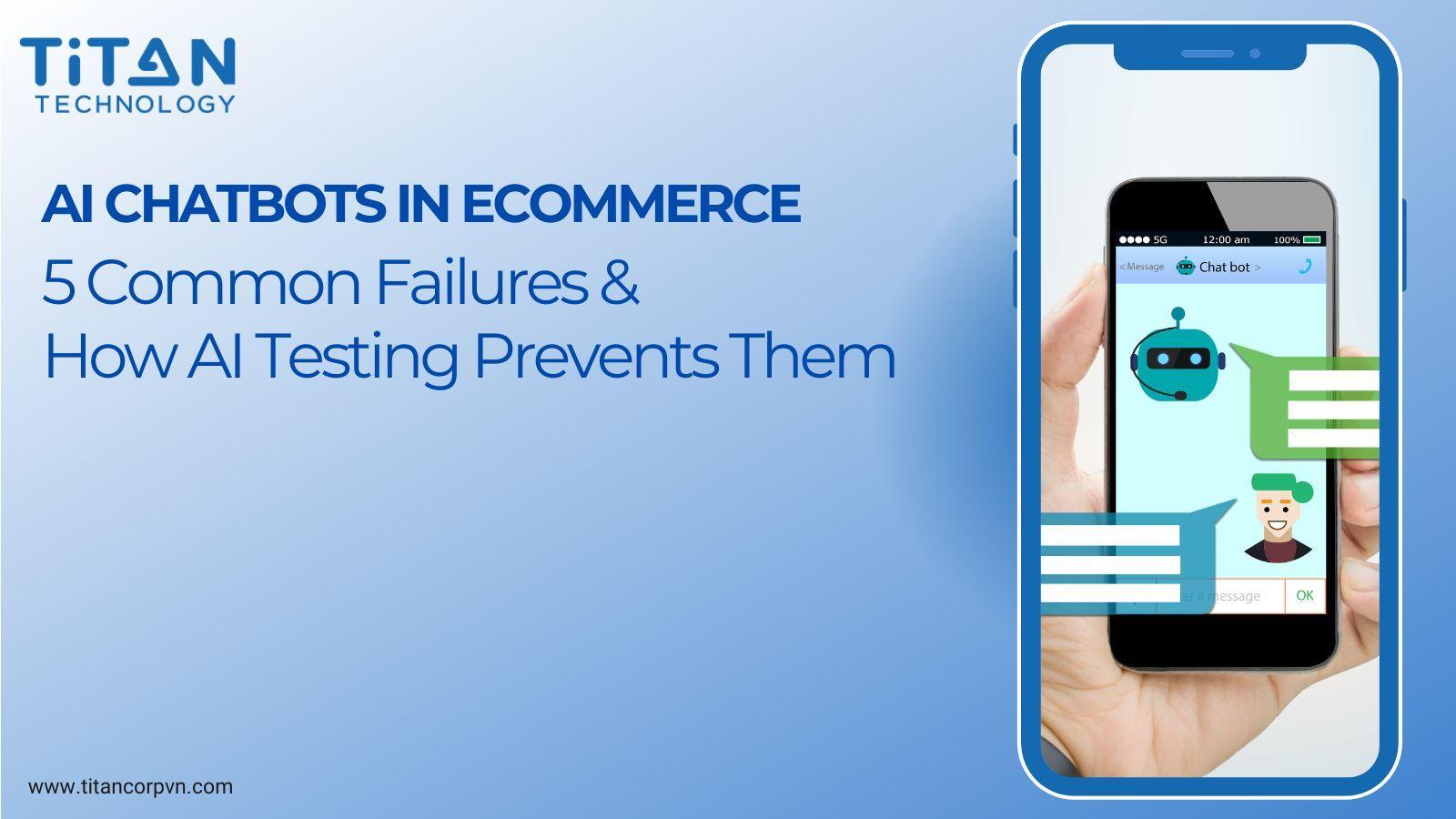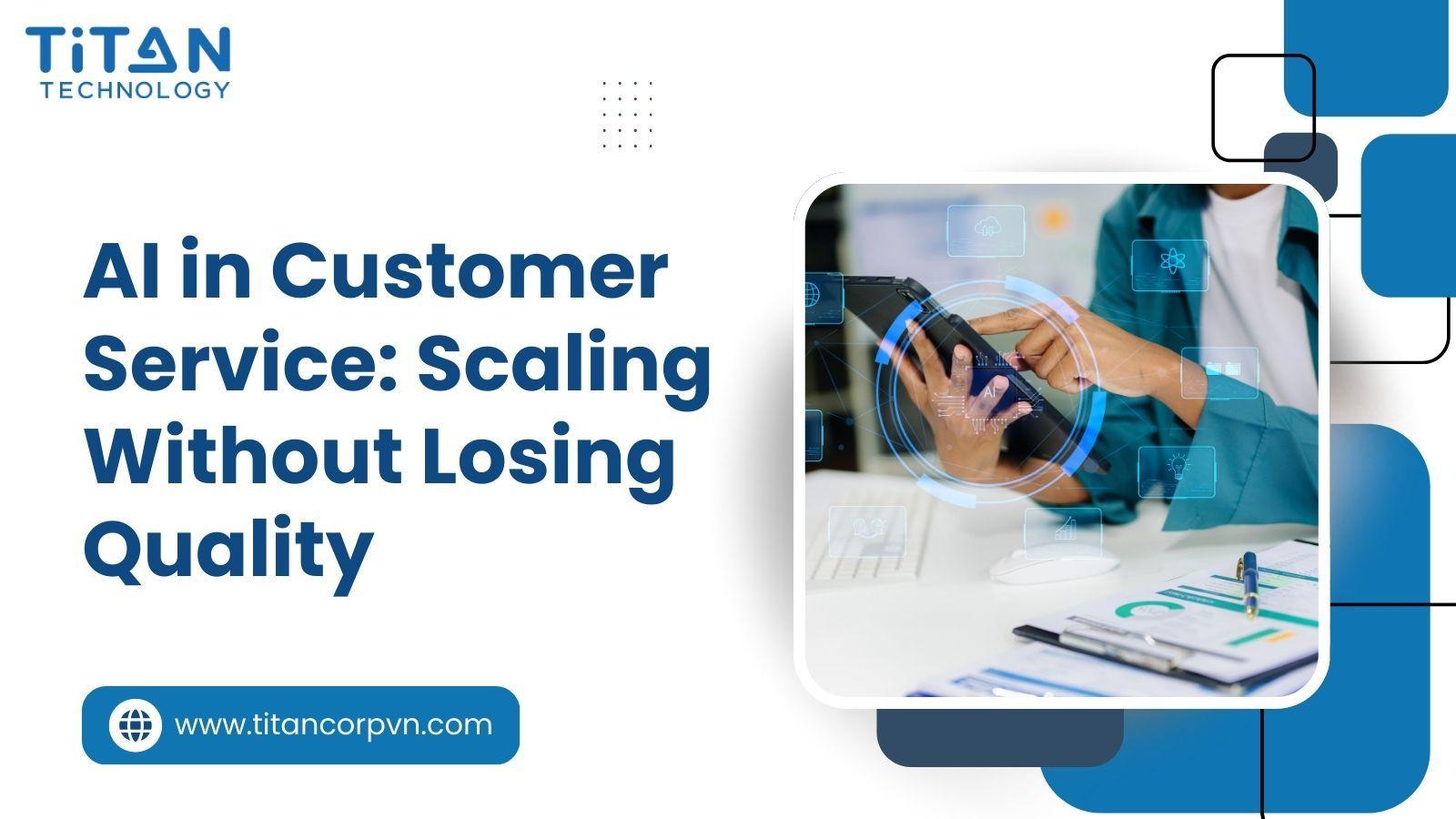Summary
Generative AI has become essential for enterprise transformation in 2025.
Over 80% of enterprises will adopt GenAI tools by 2026 (Gartner).
GenAI could add $2.6–$4.4 trillion annually to the global economy (McKinsey).
Top tools driving adoption include: ChatGPT, Microsoft 365 Copilot, Google Gemini, Notion AI, GrammarlyGO, Jasper AI, Runway ML, Synthesia, GitHub Copilot, Writer.com
Enterprises are embedding GenAI across functions: marketing, engineering, HR, and operations.
Key challenges: data privacy, AI governance, cost control, and workforce readiness.
The future belongs to companies that build responsible, scalable AI ecosystems — turning GenAI from experiments into a core business advantage.

In the era of hyper-competition, enterprises that fail to operationalize AI by 2025 risk falling irreversibly behind. Generative AI isn't just transforming workflows — it's redefining the speed of innovation, customer intimacy, and operational resilience.
According to a Gartner report, over 80% of enterprises are expected to have adopted generative AI APIs or applications by 2026 — a remarkable leap from just 10% adoption in early 2023. Meanwhile, McKinsey research estimates that GenAI could contribute between $2.6 trillion and $4.4 trillion annually to the global economy across industries.
At Titan Technology Corporation — a trusted software outsourcing partner based in Vietnam — we see firsthand how GenAI is shifting from a promising technology to a business-critical enabler. From automating content generation to accelerating product development cycles, GenAI is fast becoming essential for enterprise-scale digital transformation.
In this article, we highlight the top 10 generative AI tools shaping the future of work, explore how enterprises are integrating them into operations, and uncover key challenges that leaders must navigate to unlock full-scale GenAI advantage.

Top 10 Generative AI Tools for Business in 2025
Selecting the right generative AI tools is no longer a matter of trend — it’s a strategic decision that directly impacts productivity, innovation, and competitive advantage.
For this list, we evaluated each tool based on four essential criteria:
Market Adoption and User Base: Broad enterprise adoption signals a tool’s reliability, stability, and real-world business impact.
Diversity of Business Applications: The ability to drive value across multiple functions — from marketing and operations to HR, customer support, and engineering.
Integration Capabilities: Seamless compatibility with SaaS platforms, APIs, cloud infrastructure, and existing business workflows.
Security, Scalability, and Enterprise Readiness: Enterprise-grade security, compliance support, scalability under growing demand, and the maturity to support critical business processes.
The tools featured here are not just popular — they are actively reshaping how enterprises operate in an increasingly AI-driven economy. Whether through accelerating innovation, automating workflows, or enhancing decision-making, these generative AI solutions offer scalable and sustainable value for future-ready businesses.
Work Automation & Productivity
1. ChatGPT (OpenAI)
First launched by OpenAI in late 2022, ChatGPT has evolved into one of the most widely adopted AI platforms for business use. Beyond customer service, it now powers enterprise knowledge bases, HR support, marketing automation, and executive decision workflows. Its conversational abilities, combined with API integration, make it a flexible tool for scaling internal and external communications.
Key Strengths:
Enterprise Integration: Connects with CRM, HR, and ERP systems through APIs
Versatile Applications: Supports customer service, content creation, HR support, and decision analysis.
Customizable Models: Fine-tune models for brand tone, compliance, and domain-specific expertise.
2. Microsoft 365 Copilot
Microsoft 365 Copilot integrates seamlessly into the world’s most-used office suite, bringing AI to everyday business workflows. Launched broadly in 2023, it empowers employees to draft reports, automate spreadsheets, generate insights from meetings, and manage tasks—all using simple natural language prompts.
Key Strengths:
Native in Microsoft Stack: Embedded directly into Word, Excel, Outlook, and Teams.
Productivity Booster: Cuts time spent on drafting, summarizing, and reporting tasks.
Enterprise-Grade Security: Built within Microsoft’s secure Azure environment.
3. Google Gemini for Workspace
Google Gemini, rebranded and expanded in 2024, delivers powerful AI capabilities inside Google Workspace. It automates content drafting, data summarization, customer communications, and spreadsheet insights—making AI easily accessible to non-technical users across enterprises.
Key Strengths:
Seamless Google Integration: Works natively within Docs, Sheets, and Gmail.
AI for Everyone: Democratizes access to text generation and analysis.
Real-Time Collaboration: Enhances team productivity across remote and hybrid setups.
4. Notion AI
Embedded within Notion’s popular documentation and project management tool, Notion AI acts like a smart collaborator. It drafts meeting notes, creates action items, synthesizes research, and even suggests improvements across knowledge bases—making asynchronous teamwork far more efficient.
Key Strengths:
Boosts Remote Productivity: Ideal for remote and hybrid teams.
Content Co-Creation: Assists users in brainstorming, summarizing, and knowledge management.
Lightweight, Flexible Integration: Fits naturally into agile, startup, and scale-up environments.
5. GrammarlyGO
GrammarlyGO builds on Grammarly’s grammar-checking foundation by introducing generative AI features. It suggests rewordings, adapts tone, writes initial drafts, and polishes professional communications—helping employees across departments communicate more clearly and consistently.
Key Strengths:
Tone Customization: Adjusts writing style for different audiences and formalities.
Brand Voice Compliance: Maintains consistency across internal and external messaging.
Cross-Department Utility: Supports HR, marketing, sales, and leadership communication needs.
Creative & Marketing Acceleration
6. Jasper AI
Initially launched as Conversion.ai, Jasper has grown into a powerhouse for marketing and content teams. It drafts SEO articles, social media posts, email campaigns, and ad copy—allowing businesses to create high-quality marketing materials at scale without expanding headcount.
Key Strengths:
Speed to Publish: Cuts content production times dramatically.
Consistent Brand Messaging: Ensures tone, style, and messaging stay aligned across campaigns.
SEO and Sales-Focused Outputs: Optimized templates for lead generation and organic traffic growth.
7. Runway ML
Runway ML provides a real-time, AI-powered platform for video editing, image generation, and synthetic media production. Designed to empower creatives with minimal technical skills, Runway ML is redefining media workflows with tools like AI green screen, motion tracking, and video-to-video editing.
Key Strengths:
Creative Empowerment: Opens professional-grade editing to non-experts.
Speed and Cost Efficiency: Reduces traditional production timelines and costs.
Wide Creative Applications: Ideal for marketing, advertising, design, and entertainment.
8. Synthesia
Synthesia allows companies to produce engaging videos featuring AI avatars without studios, actors, or cameras. From employee onboarding to customer communication, it transforms video creation into a scalable, multilingual, and cost-effective process.
Key Strengths:
Enterprise-Ready Avatars: Create human-like videos in dozens of languages.
Cost Savings: Reduces traditional video production costs by up to 80%.
Speed to Launch: Produce personalized, dynamic videos in days instead of weeks.
Technical Enablement & Compliance
9. GitHub Copilot
GitHub Copilot, powered by OpenAI and Microsoft, acts as an AI "pair programmer" embedded directly into development environments. It autocompletes code, suggests functions, and identifies best practices—allowing developers to write better software faster.
Key Strengths:
Developer Acceleration: Boosts productivity by up to 50%, according to GitHub’s own research.
Best Practice Enforcement: Guides clean, efficient coding standards.
Integrated Workflow: Natively supports VS Code, JetBrains, and other major IDEs.
10. Writer.com
Writer.com stands apart by focusing on regulated industries like finance, healthcare, and legal services. It combines generative AI writing with strict brand voice control, security features, and compliance safeguards to meet stringent enterprise needs.
Key Strengths:
Security First: Enterprise-grade encryption and customizable data residency.
Brand Guardrails: Enforces tone, language, and style consistency automatically.
Compliance Alignment: Supports regulatory requirements across sensitive industries.
How Businesses Are Integrating Generative AI in 2025
By 2025, forward-looking enterprises aren’t deploying GenAI in isolated pilots—they are embedding it deeply across business functions, turning AI into an operational backbone. Integration today is less about experimenting with standalone tools and more about orchestrating connected, intelligent ecosystems.
According to Gartner, by 2026, over 40% of enterprises will have formal AI orchestration platforms, managing workflows across multiple tools and departments. Here’s how leading organizations are bringing this vision to life:
Marketing and Sales: Personalization at Unprecedented Scale
Generative AI is revolutionizing customer engagement. Platforms like ChatGPT and Jasper AI enable marketing and sales teams to deliver hyper-personalized communications—drafting dynamic ad variations, personalized emails, and chat-based product recommendations in real time.
Product and Engineering: Speeding Up Innovation Cycles
In development teams, GenAI is embedding itself into the very fabric of how products are built and delivered. GitHub Copilot serves as a real-time coding collaborator, suggesting optimal functions and flagging vulnerabilities. Meanwhile, Notion AI automates documentation and sprint retrospectives, reducing administrative friction across agile workflows.
HR and Learning: Reinventing Employee Onboarding and Training
Human resources and learning departments are moving beyond static courses—using AI to create dynamic, scalable training ecosystems. Synthesia enables HR teams to produce personalized onboarding videos in multiple languages, while GrammarlyGO ensures professional communication standards across dispersed teams.
Operations and Decision Support: Unlocking Real-Time Intelligence
Operations and strategy teams are shifting from manual reporting to proactive, AI-driven insights. Microsoft 365 Copilot and Google Gemini auto-summarize meetings, surface action items, and generate data-backed recommendations without requiring technical skills.
Challenges to Watch When Scaling Generative AI Across the Enterprise
While GenAI offers a transformational leap forward, scaling it successfully across an enterprise is complex. Organizations that fail to anticipate the full implications often encounter pitfalls such as governance breakdowns, budget overruns, and resistance to adoption.
Smart enterprises know that mastering GenAI is about building operational and cultural maturity alongside technical prowess. Here are the four critical fronts:
Data Privacy and Compliance: Securing the Foundation
GenAI models thrive on access to internal knowledge, but data exposure can quickly become a strategic liability. Without tight governance, enterprises risk falling foul of GDPR, HIPAA, or evolving regional regulations around AI-generated content.
Strategic Imperatives:
Conduct AI vendor security audits.
Enforce strict encryption and customizable data residency.
Embed "privacy-by-design" into AI workflows from day one.
Why It Matters: Beyond compliance, data trust will be the new competitive advantage in an AI-driven economy.
AI Governance: Managing Intelligence Responsibly
Unchecked GenAI can produce hallucinations, propagate bias, and erode brand trust. Mature organizations invest early in transparent AI governance models.
Key Governance Practices:
Mandatory human review of high-stakes AI outputs.
Regular bias audits—especially in customer-facing, HR, and finance applications.
Explainability standards: Defining clear override protocols when human judgment must prevail.
Cost Management: Taming the Financial Wildcard
While GenAI tools can drive efficiency, cloud compute, API costs, and multi-licensing fees can spiral rapidly across departments. Without financial discipline, AI programs risk becoming unsustainable—even if technically successful.
Winning Approaches:
Adopt FinOps principles early to track AI costs transparently.
Tie AI investments directly to delivered business outcomes.
Build predictive AI budgets for scaling scenarios.
AI Literacy and Culture: The Human Multiplier
The most overlooked barrier to GenAI success is not technical—it’s cultural. Without organizational readiness, even the best AI platforms will underperform.
Critical Focus Areas:
Train employees to understand trust calibration—when to defer to AI and when human oversight is critical.
Promote human-AI collaboration as a new core skillset.
Establish ethical guidelines for AI use across customer communications, internal operations, and innovation.
In 2025 and beyond, every high-performing team will be an AI-enabled team. Enterprises that invest now in cross-functional AI literacy will dominate in resilience, speed, and trust.
Conclusion: From Experimentation to Enterprise Transformation
In a world reshaped by generative AI, transformation waits for no one. Enterprises that delay integration today may find themselves obsolete tomorrow. The time to build a future-proof AI operating model is now
The winners will build secure, adaptive, orchestrated ecosystems where GenAI agents, employees, and platforms work together seamlessly — unlocking unprecedented speed, creativity, and resilience.
Those who wait risk becoming obsolete.
At Titan Technology Corporation, we help global enterprises turn generative AI from a pilot into a platform — integrating it into business-critical workflows, cloud infrastructures, and innovation roadmaps.
Ready to build your future-ready AI strategy? Connect with Titan’s Advisory Team today.



